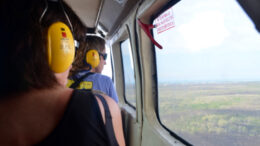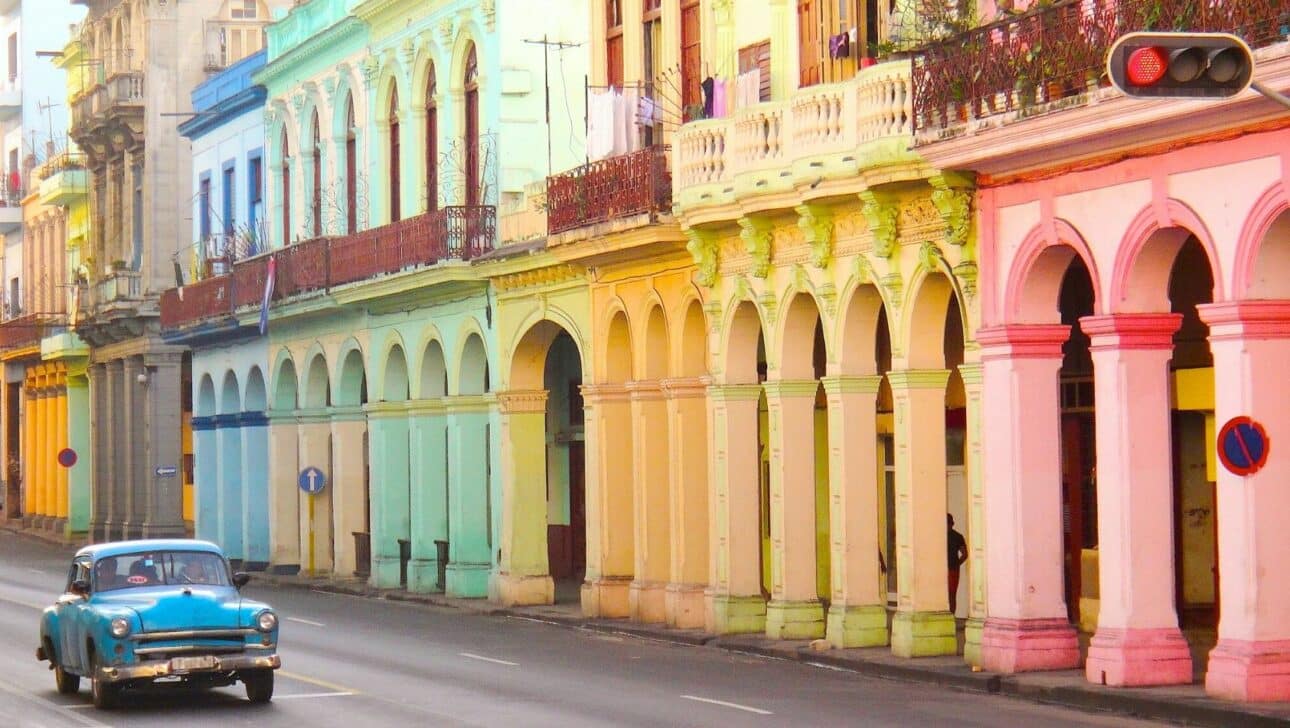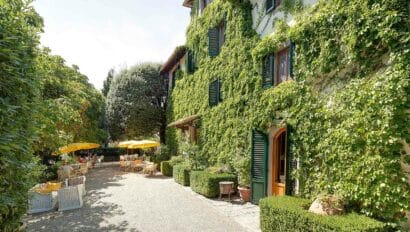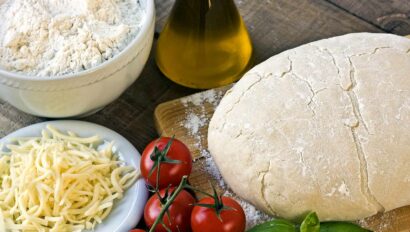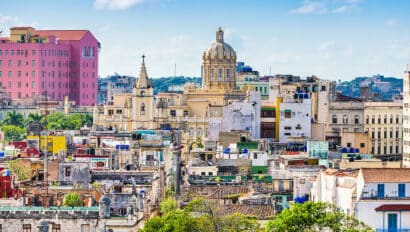My exposure to Cuban traditions began as soon as our flight touched down in Havana – everyone on the plane cheered loudly when the wheels hit the runway. I’d never experienced this before; it would happen again when our return flight landed back in Miami a week later. Such spontaneous celebration was a delightful introduction to the Cuban mindset. For Cubans, there’s always something to be happy about. This was perhaps the biggest (and best) surprise for me, as a first-time visitor to the island nation.

It’s may be true that we Americans know very little about Cuba in general and Cuban traditions in particular. Cuba’s culture is a rich amalgam of African, Spanish, and Caribbean pastimes; the food, the religions, and of course the music and dances all combine elements of the Old World and the New. Here are 5 Cuban traditions that showcase this unique island and its wonderful people.
The Ritual of Enjoying A Cigar
I’d brought a notebook along on my Classic Journeys tour of Cuba, and the first thing I’d written at the top of the page: “Cigars.” It’s what most people think of when they think of Cuba, and for good reason: hand-rolled Cuban cigars are the best in the world. I quickly learned that one doesn’t merely light one up and start puffing.
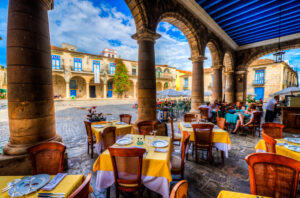
For Cubans, smoking a fine Cuban cigar is something of a ritual, and one best done with friends – or even total strangers. Cigars are an integral part of small social gatherings. Sitting around a table, discussing the weather, what’s happening in the neighborhood, or baseball over a cigar (I was told to try dipping mine in rum) is a favorite way to pass a few hours.
Baseball is King in Cuba
During our Classic Journeys tour, we visited Havana’s largest cigar factory. “De dónde eres?” our Cuban host asked me. Where are you from? “Soy de San Diego,” I replied. His face lit up. “Ah! Los Padres! Manny Machado!” He then proceeded to rattle off more stats and facts about my hometown San Diego Padres than my rusty, high school-taught Spanish skills could keep up with. If baseball is America’s national pastime, it’s Cuba’s national obsession.
Cuba has 16 professional teams that play from November through March; a series for regional all-star teams runs from May through July. Along with the pros, you can always find locals playing organized and impromptu pickup games at town and city parks. Havana’s Parque Central (Central Park) is the city’s epicenter for baseball debates; here you can eavesdrop on the ever-present and always lively conversations taking place at a shady spot in the park known as the Hot Corner, where fans gather to discuss/argue about the sport.
Dance, Dance, Dance
The salsa is the first thing that comes to most Americans’ minds when they think of Cuban dances. Our Classic Journeys Cuba tour guide Corinna – whose background as a cultural anthropologist combined with her amazing dance skills makes her uniquely and delightfully qualified to discuss Cuban dance – informed us that salsa isn’t technically a Cuban dance. Salsa was invented in New York City. Still, it’s the most popular dance in the country; you’ll see it performed by professionals at espectáculos (cabarets) like Havana’s legendary Tropicana. Learning to dance – whether it’s the salsa or dances that originated in Cuba like the rumba and the mambo – is a Cuban tradition.
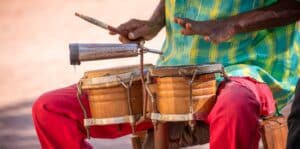
Cuban dances are steeped in heritage – the moves drawn from native African dances, the music influenced by instruments and songs of Spanish colonizers. Learning and performing these dances is thus a celebration of Cuba’s culture. When you visit, don’t be afraid to take a lesson; there are plenty of dance academies, and based on my personal experience, the instructors are tremendously friendly and have a lot of patience.
Eat, Eat, Eat
Something else that’s not from Cuba: the so-called Cuban sandwich, which was actually invented in Florida. I looked for them everywhere, and the only place I managed to find one was at the Miami airport. Which is a good thing, because had I eaten one in Cuba, I might’ve missed out on a truly local dish. Cubans have a proud tradition of doing the best they can with very little; Cuban food is best described as Caribbean comfort food.
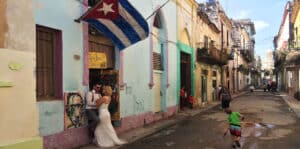
The king of Cuban cuisine is Lechon Asado, a whole-roasted suckling pig. It’s eaten year-round but is especially popular during the holidays. At Christmas, families, and friends gather for a pig roast – on the morning of Christmas Eve, the pig is rotated on a spit over an open fire for around 12 hours, with the skin ending up crispy and the meat smoky and tender. Served with fried plantains and black beans and rice, there’s nothing quite like it.
New Year’s Eve Traditions in Cuba
It’s always a special treat being abroad on New Year’s Eve and experiencing how other cultures celebrate the occasion. Cubans love to ring in the new year and have some unique ways of doing so. If you find yourself walking down a city or town street on New Year’s Eve, stay alert or you might end up taking a cold – and gross – shower. It’s a tradition among Cubans to throw a bucket of dirty water out the window on New Year’s Eve, symbolizing tossing out all of the bad memories of the previous year.
You may see a crowd of people gathered around a burning scarecrow – this is the muñecon, a straw effigy that’s lit on fire to represent the purging of bad vibes, bringing in a fresh start to the new year. You might also come across some Cubans taking their suitcases out for a walk – the tradition of walking around the block with a piece of luggage is thought to increase one’s chances of traveling in the year ahead.
Reading about these traditions is one thing, but experiencing them in person creates memories you’ll find yourself reminiscing about again and again. If you’re still worried about the latest travel restrictions to Cuba, know that you can still travel to Cuba legally with Classic Journeys. We’re excited to introduce you to the lively world and culture that is Cuba.
